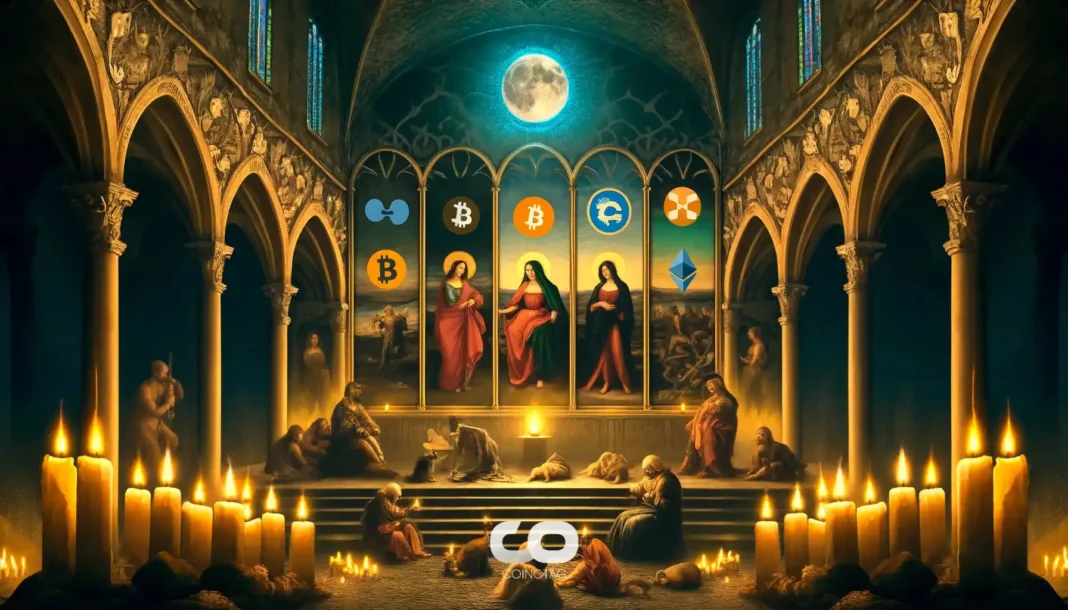Dogecoin whale accumulation is the on-chain buying by large holders who are adding discounted DOGE while short-term holders sell at a loss; on-chain data shows whales bought 330 million DOGE, concentrating supply into long-term hands and signaling consolidation rather than immediate downside.
-
Whales added 330 million DOGE
-
Short-term holders suffered a capitulation with 271.41 million DOGE sold at a loss on August 15 (Santiment data).
-
Dogecoin saw a 16% correction between August 13–14, with a local bottom on August 15 and rising long-term accumulation.
Dogecoin whale accumulation: on-chain buying by large holders at discounts; learn why this may signal consolidation and where supply is moving — read more.
What is Dogecoin whale accumulation?
Dogecoin whale accumulation is when large holders (whales) buy significant amounts of DOGE during price weakness, shifting supply to long-term wallets. This behavior concentrates tokens into steadier hands and often follows capitulation by short-term retail traders, according to on-chain data and market observers.
How are whales accumulating Dogecoin and what does on-chain data show?
On-chain metrics show a clear divergence between short-term seller behavior and whale buying. Santiment recorded a capitulation on August 15 where 271.41 million DOGE were sold at a loss. Over the same window, wallets holding 100 million–1 billion DOGE bought over 330 million DOGE, bringing total whale holdings to 26.73 billion DOGE.
Dogecoin experienced a 16% correction between August 13 and 14, creating a local bottom on August 15. Short-term holders who had bought within the prior month reached just 9% profitability on August 19, highlighting the scale of retail capitulation.
Why are whales buying while retail sellers capitulate?
Experts point to a mix of fundamentals and sentiment. Major headlines — such as a spot ETF filing for Dogecoin by Grayscale and a corporate acquisition involving a Dogecoin mining firm backed by the Trump family — have created institutional interest and headline-driven retail volatility.
Jordan Jefferson, Founder and CEO of DogeOS, said this pattern is “shaking out short-term price chasers” while long-term believers accumulate. He emphasized that supply moving to long-term holders who “care about Dogecoin’s future rather than the daily chart” is a positive structural shift.
When did the capitulation and accumulation occur?
The capitulation event occurred on August 15, when Santiment data registered 271.41 million DOGE sold at a loss. Whales accumulated most aggressively during and after the local bottom formed on August 15, following a 16% correction on August 13–14.
How might the Grayscale S-1 filing and corporate acquisition affect accumulation?
Institutional signals such as the Grayscale S-1 filing for a spot Dogecoin ETF and news of a Trump family-backed acquisition of a Dogecoin mining firm have framed recent price action. These developments add legitimacy for large holders while also producing headline-driven retail trading that whales can exploit.
Frequently Asked Questions
What is a capitulation event in crypto?
A capitulation event is when investors sell their tokens at a loss during extreme volatility. On August 15, on-chain data showed 271.41 million DOGE sold at a loss, a classic sign of retail capitulation amid short-term fear.
Are whale accumulations bullish for Dogecoin?
Whale accumulation can be bullish because it concentrates supply in long-term wallets. Experts quoted in market coverage view the recent buying as consolidation, not necessarily an immediate upside trigger.
How does on-chain data confirm accumulation?
On-chain trackers show wallet balance changes and transaction volumes. The recorded increase of 330 million DOGE in whale holdings and the rise of total whale balances to 26.73 billion DOGE provide direct evidence of accumulation.
Key Takeaways
- Whale buying: Large wallets added over 330 million DOGE, increasing total whale holdings to 26.73 billion.
- Retail capitulation: Short-term holders sold 271.41 million DOGE at a loss during a mid-August correction.
- Structural signal: Experts view the shift as consolidation, with supply moving to holders focused on longer-term fundamentals.
Conclusion
The recent Dogecoin capitulation and subsequent whale accumulation indicate a transfer of supply from short-term traders to long-term holders. With on-chain data and institutional headlines framing the move, this pattern suggests consolidation rather than immediate downside. For continued coverage and analysis, monitor on-chain metrics and official filings closely.
Author: COINOTAG
Published: 2024-08-20
Updated: 2024-08-20






